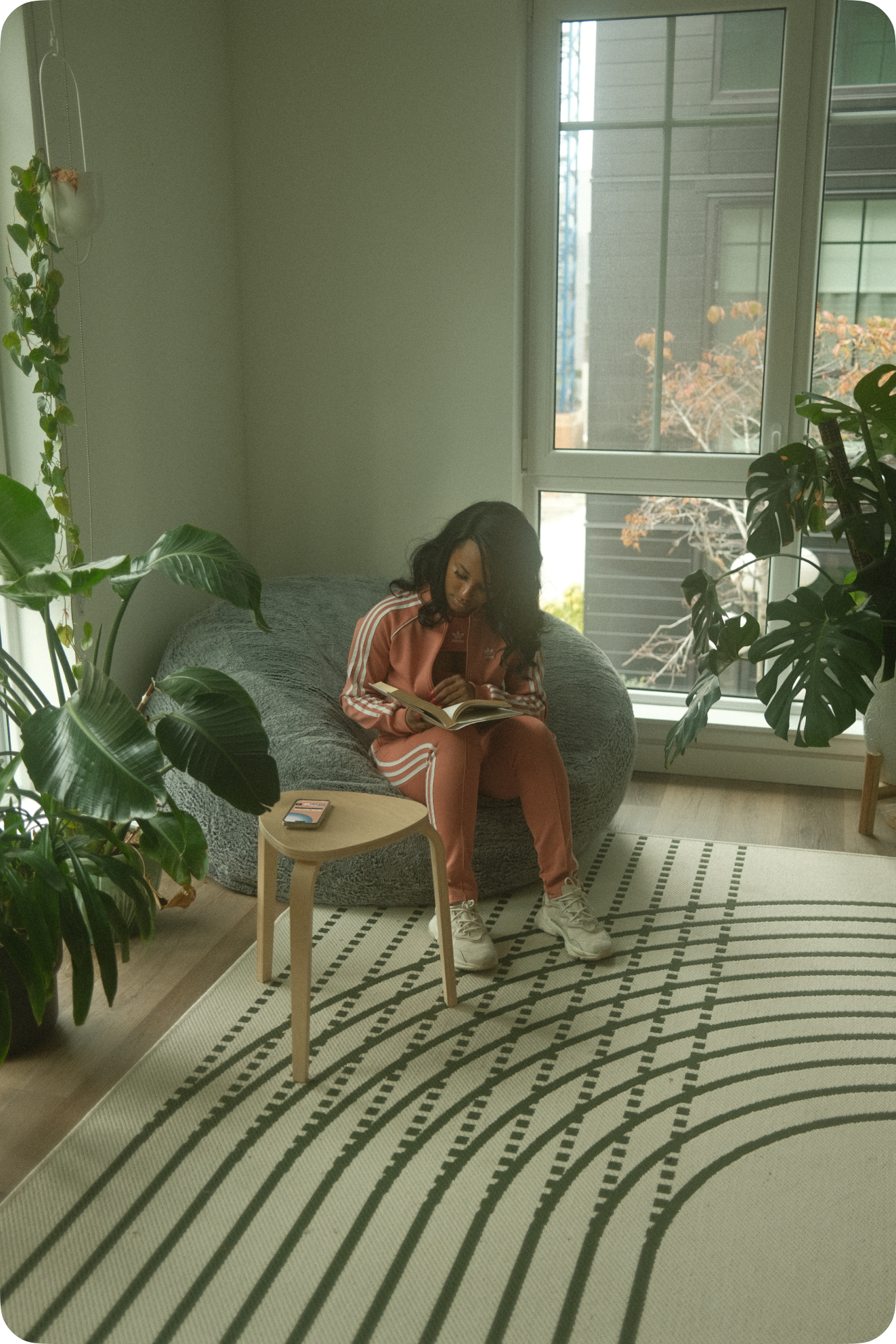Oura
Designed an interactive music player app that seamlessly adapts to your mood and routines

OVERVIEW
My responsibility was to analyze the essential interactions within music playback apps, develop an interaction flow, and redesign the app we assessed to lift it to a new level.
My responsibility was to analyze the essential interactions within music playback apps, develop an interaction flow, and redesign the app we assessed to lift it to a new level.
TIMELINE
3 Weeks
ROLE
Product Design
Visual Design
Interaction Design
3 Weeks
ROLE
Product Design
Visual Design
Interaction Design
TEAM
David Robles
David Robles
The Challenge
Break free from conventional design thinking and reimage a music playback app


ff
Thinking outside the box
Conventional design methodologies often advise structuring pages using established design principles, resulting in a cookie-cutter, templated appearance. Also, current day music apps share a common pattern of overloading users with content which leads to decision fatigue. I was tasked with reimagining these design principles and devising a fresh approach to user interaction within a music player.
Conventional design methodologies often advise structuring pages using established design principles, resulting in a cookie-cutter, templated appearance. Also, current day music apps share a common pattern of overloading users with content which leads to decision fatigue. I was tasked with reimagining these design principles and devising a fresh approach to user interaction within a music player.
The Concept
A music player that automatically tailors to your mood and routines


Creating a unique music listening journey that evolves with you
The app is not just about what you like but also when and where you like it. It uses location and time data to understand your context. For example, it knows that you prefer jazz music during your morning coffee and something upbeat for the evening gym session. The magic happens in the seamless transitions between these contexts. As you move from home to work to the gym, the app switches to the right playlist automatically, so you don't have to fumble with your phone.
The app is not just about what you like but also when and where you like it. It uses location and time data to understand your context. For example, it knows that you prefer jazz music during your morning coffee and something upbeat for the evening gym session. The magic happens in the seamless transitions between these contexts. As you move from home to work to the gym, the app switches to the right playlist automatically, so you don't have to fumble with your phone.
